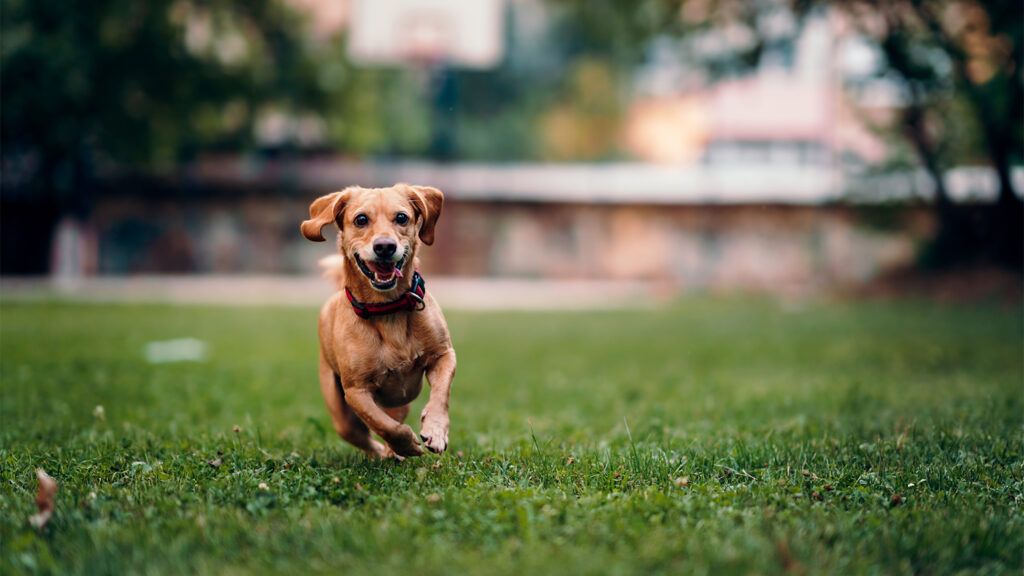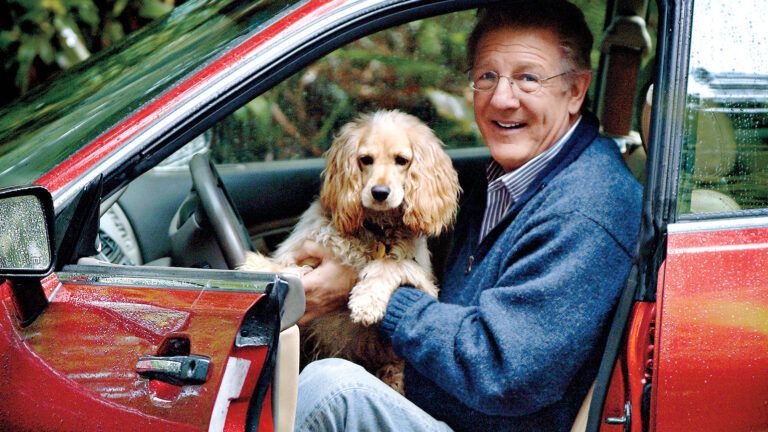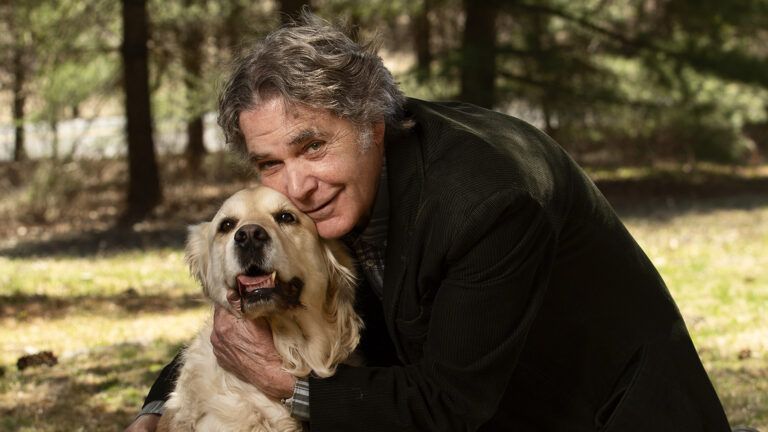If your dog is lost, your first instinct may be to wander the streets, calling out his name. That’s actually the worst thing you could do. Instead, follow these expert tips and your chances of being reunited with your furry companion are far greater.
The following is an edited excerpt from Poppy in the Wild by Teresa J. Rhyne and has been reprinted with permission by Simon & Schuster, Inc.
1. Stop. Stop what you are doing. Stop chasing your dog, stop calling its name. Stop. Know that every part of this will go against your instincts. Your instincts are wrong and are fear-based. Stop and listen to the experts. Your dog’s life may depend on it.
2. DO NOT CHASE YOUR DOG. This bears repeating. DO NOT CHASE YOUR DOG.
3. DO NOT CALL OUT YOUR DOG’S NAME. Your dog will hear the panic in your voice and think, “If he/she is scared, I’m scared. I better hide!”
4. Call in a pet recovery specialist.
5. Give your dog a way to come home. Leave a door open—especially at night.
6. Do not run around spreading your scent throughout the neighborhood where your dog is lost. You want to establish one place where your scent is that your dog can find its way back to—that may be at home or it may be where your dog was lost (see #11 below). If your scent is all over several square miles, your dog may chase that scent and wander farther off.
7. Put out some dirty laundry that smells like you—socks, underwear, a T-shirt.(Not your whole laundry basket or bedsheets; dogs have a very strong sense of smell, and you don’t want to startle them.) If you can hang a piece of dirty laundry in a tree or bush in front of your home, do so. The wind will carry the scent farther.
8. Get a PR campaign going—you want thousands of eyes on thousands of flyers. Produce as many flyers as you can, and ask volunteers to hang them in the area the dog was last seen and for miles out from that spot.
9. Put up big, bright posters where people are most likely to see them.
10. Do not have volunteers, however well meaning, out searching for your dog. You want people watching from a seated position, observing, and reporting sightings, but not chasing, not following, and not walking around. Activity will cause the dog to hide. A place with lots of humans roaming around will not be viewed as safe by your dog. Give your dog a chance to find its way to a safe spot.
11. Eventually, if your dog doesn’t find its way back to your home, or if it was lost somewhere not familiar to it, your dog will establish a pattern. It will settle down in one locale. You’ll learn where this is by the sightings reported to you by people seeing your signs. This may take a while. Do not give up.
12. Once a locale is established, go to that spot with smelly food and a piece of your dirty laundry and sit, waiting. Your only job is to give the dog a safe space in which to expose itself. Do not call to the dog; do not chase the dog. Do not make movement toward the dog if you see the dog. Just wait. Let the dog find you. They will see you and smell you, long before you see them.
13. Eventually you’ll find where the dog is and be able to set a humane trap.
14. Do not give up.
For more inspiring pet stories, check out All Creatures magazine.




